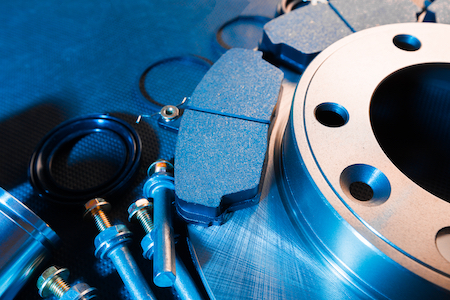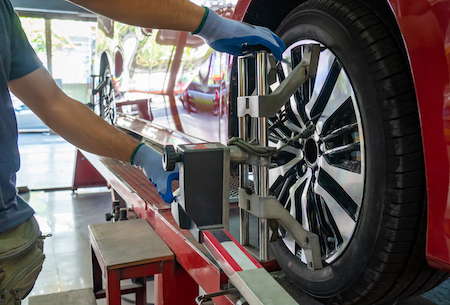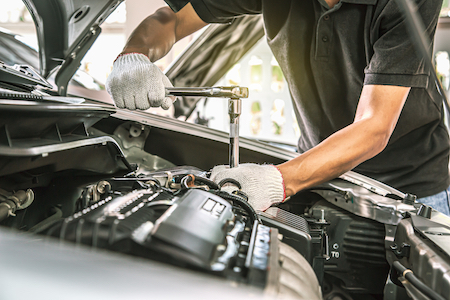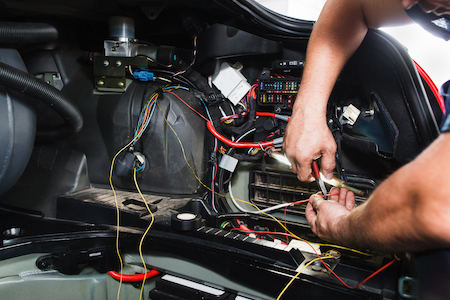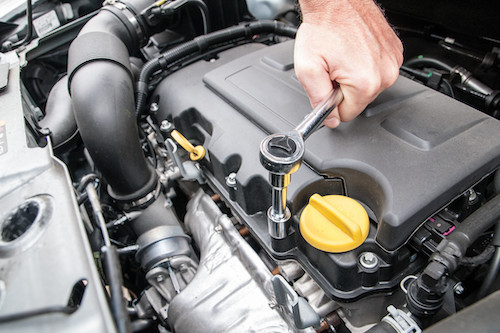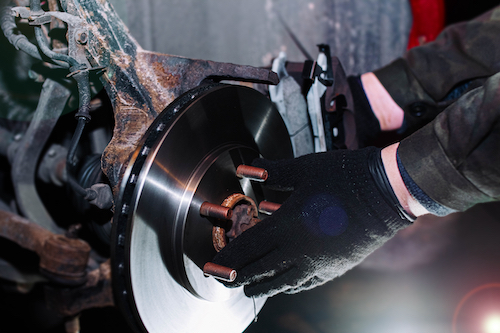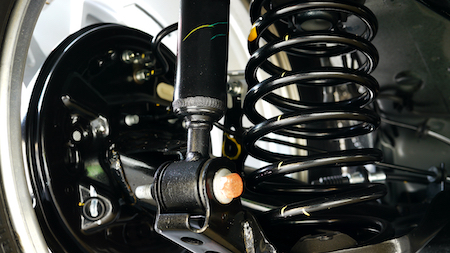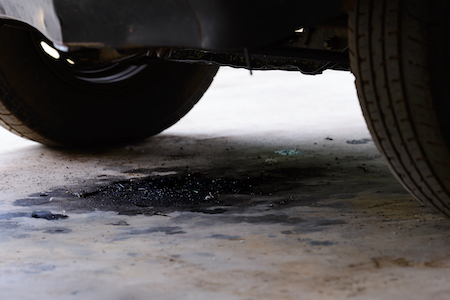Welcome to Denver, Colorado, the city otherwise known as Mile High.
Of course, many of us here living along the Front Range take our sports just as seriously as we do day to day living. Skiing, hiking, mountain biking – it’s all a big part of our lives.
Whether you’re driving to work, or heading up into the hills for a weekend getaway, we use our cars to tow the fun along. Throw the skis on a rack on top. Place the bikes on the back. And why not tow a trailer while you’re at it?
All of that adds weight to your vehicle … and can impact how well your car operates.
When you’re already operating a mile above sea level, what effect does that have? As you head up into the hills, how does mountain driving impact your car?
What high altitude does to a car
Today’s cars are built to handle the normal wear and tear of day to day driving. While we’re already a mile up, your car will adjust and run well as you navigate throughout the city. As you start to climb and move up in altitude, it puts stress on the engine. If your engine was already compromised in any way, it can make minor issues grow exponentially quickly as you drive.
Do this every day, or every weekend as you head up to play, it can cause a lot of damage underneath the hood.
How mountain driving impacts a car
Cars are designed to work hard in all kinds of driving conditions. When well maintained, they won’t break down as you travel along different roads, or in different operating conditions.
Higher altitude means less power. Your car’s engine is like a big air pump, where it draws air in through the intake system, combines it with fuel, combusts the air/fuel combination, then pumps it back out via the exhaust system. The higher you move up the mountain, the less oxygen there is. That can lead to sluggish engine performance as there isn’t enough air to feed the system effectively. In general, an engine will lose 3 percent of its power for every 1,000 feet it climbs. That means your vehicle can lose 20 percent of its horsepower or more by driving from Denver to your favorite ski resort. If you push your car at the same levels you do when you’re zipping around town, it could spell trouble for your engine.
That much pressure on your engine will also impact your fuel system. When your car operates at higher altitudes, it needs less octane in the fuel to start up. Here in Colorado, we make adjustments for that. You’ll find octane ratings lower than you’ll find if you head to cities located at sea level. This also changes the higher you drive. If you track your fuel economy regularly, you’ll notice a difference depending on where you drive.
Your braking system is another potential problem area that can be impacted by mountain driving. Steep roads, sharp turns, and constant navigation as you descend into the city can add pressure to your brakes. Instead of gently applying the brakes, you might find yourself punching them often as you try to navigate traffic. This puts pressure on all brake system components, from the brake pads to the rotors, to the brake fluid within the system. If you’re tracking your brake system and basing your maintenance schedule on manufacturer’s guidelines, be aware that mountain driving will require more frequent inspections and replacements. Notice any differences in the way your car handles, especially if you spend a lot of time going to your favorite ski resorts on the weekends.
Climbing in altitude can also affect tire pressure. As you climb in elevation, tire pressure will decrease. This can impact your tires in many ways, including:
- Lower your fuel economy
- Reduce the handling power of your vehicle
- Cause uneven tire tread wear
- Increase the chances of a blowout
If you head into the mountains frequently, be prepared to replace your tires more often. The wear on the tread can quickly degrade the rubber, and cause the tires to wear down faster than guidelines suggest.
If you use mountain roads frequently, you might consider a turbocharged car as a way for minimizing power loss. Turbochargers compress more air into a vehicle’s cylinders, making up for the lower air density while climbing in altitude. It’s an efficient way of giving you more power when you need it most.
Precautions when driving at higher altitudes
It doesn’t take much to keep your vehicle in good working condition no matter where you drive your car.
Check the weather forecast before you take to the roads. If you can avoid climbing in altitude during the worst road conditions, it will help you prevent damage to your car.
Check your tires regularly, including rotating and keeping them balanced. This gives one of our mechanics a chance to thoroughly inspect the tires, and warn you of any potential problems.
Avoid your engine overheating. Climbing steep mountain roads can create problems with your car’s engine, especially if it was showing signs of a problem before you started out on your journey. If it’s struggling, don’t push it. Shift into a lower gear and maintain a consistent speed. Turn off the AC, which puts even more strain on the engine. When it’s safe to pull over when you get the chance, turn it off and let the engine cool down. Assess whether you can drive it to a mechanic, or you need to have the vehicle towed.
Don’t abuse your brake system. Stop aggressive driving behavior. Avoid pouncing on the brake pedal whenever you can, and learn to downshift as you’re coming back down the mountain into Denver.
Scheduling maintenance visits with one of our mechanics regularly will ensure your vehicle stays in good working condition throughout the year. It’ll ensure your car is there for you wherever the road may take you.


